Woodblock printing in Japan is a technique best known for its use in the ukiyo-e artistic genre; however, it was also used very widely for printing books in the same period. Woodblock printing had been used in China for centuries to print books, long before the advent of movable type, but was only widely adopted in Japan surprisingly late, during the Edo period (1603-1867). Although similar to woodcut in western printmaking in some regards, the moku hanga technique differs in that it uses water-based inks—as opposed to western woodcut, which often uses oil-based inks. The Japanese water-based inks provide a wide range of vivid colors, glazes, and transparency.
(Tōshūsai Sharaku – Otani Oniji II, dated 1794. The Kabuki actor Otani Oniji II in the role of Yakko (manservant) Edobe.)
History:
Woodblock-printed books from Chinese Buddhist temples were seen in Japan as early as the eighth century. In 764 the Empress Kōken commissioned one million small wooden pagodas, each containing a small woodblock scroll printed with a Buddhist text (Hyakumanto Darani). These were distributed to temples around the country as thanksgiving for the suppression of the Emi Rebellion of 764.[1] These are the earliest examples of woodblock printing known, or documented, from Japan.
By the eleventh century, Buddhist temples in Japan produced printed books of sutras, mandalas, and other Buddhist texts and images. For centuries, printing was mainly restricted to the Buddhist sphere, as it was too expensive for mass production, and did not have a receptive, literate public as a market. However, an important set of fans of the late Heian period (12th century)—which contain painted images and Buddhist sutras—reveal from losses of paint that the underdrawing for the paintings was printed from blocks.[2]
Not until 1590 was the first secular book printed in Japan. This was the Setsuyō-shū, a two-volume Chinese-Japanese dictionary. Though the Jesuits operated a movable type printing press in Nagasaki from 1590,[3]printing equipment brought back by Toyotomi Hideyoshi's army from Korea in 1593 had far greater influence on the development of the medium. Four years later, Tokugawa Ieyasu, even before becoming shogun, effected the creation of the first native moveable type, using wooden type-pieces rather than metal. He oversaw the creation of 100,000 type-pieces, which were used to print a number of political and historical texts. As shogun, Ieyasu promoted literacy and learning, contributing to the emergence of an educated urban public.
Printing was not dominated by the shogunate at this point, however. Private printers appeared in Kyoto at the beginning of the 17th century, and Toyotomi Hideyori, Ieyasu's primary political opponent, aided in the development and spread of the medium as well. An edition of the Confucian Analects was printed in 1598, using a Korean moveable type printing press, at the order of Emperor Go-Yōzei. This document is the oldest work of Japanese moveable type printing extant today. Despite the appeal of moveable type, however, craftsmen soon decided that the running script style of Japanese writings was better reproduced using woodblocks. By 1640 woodblocks were once again used for nearly all purposes.
The medium quickly gained popularity among artists, and was used to produce small, cheap, art prints as well as books. The great pioneers in applying this method to the creation of art books, and in preceding mass production for general consumption, were Honami Kōetsu and Suminokura Soan. At their studio in Saga, the pair created a number of woodblocks of the Japanese classics, both text and images, essentially converting handscrolls to printed books, and reproducing them for wider consumption. These books, now known as Kōetsu Books, Suminokura Books, or Saga Books, are considered the first and finest printed reproductions of many of these classic tales; the Saga Book of the Tales of Ise (Ise monogatari), printed in 1608, is especially renowned.Work of Sumionkura Soan:
Woodblock printing, though more tedious and expensive than later methods, was far less so than the traditional method of writing out each copy of a book by hand; thus, Japan began to see something of literary mass production. While the Saga Books were printed on expensive fancy paper, and used various embellishments, being printed specifically for a small circle of literary connoisseurs, other printers in Kyoto quickly adapted the technique to producing cheaper books in large numbers, for more general consumption. The content of these books varied widely, including travel guides, advice manuals, kibyōshi (satirical novels), sharebon (books on urban culture), art books, and play scripts for the jōruri (puppet) theatre. Often, within a certain genre, such as the jōruri theatre scripts, a particular style of writing became standard for that genre. For example, one person's personal calligraphic style was adopted as the standard style for printing plays.
Many publishing houses arose and grew, publishing both books and individual prints. One of the most famous and successful was called Tsuta-ya. A publisher's ownership of the physical woodblocks used to print a given text or image constituted the closest equivalent to a concept of "copyright" that existed at this time. Publishers or individuals could buy woodblocks from one another, and thus take over the production of certain texts, but beyond the protective ownership of a given set of blocks (and thus a very particular representation of a given subject), there was no legal conception of the ownership of ideas. Plays were adopted by competing theatres, and either reproduced wholesale, or individual plot elements or characters might be adapted; this activity was considered legitimate and routine, at the time.
Woodblock printing continued after the decline of ukiyo-e, and introduction of movable type and other technologies, as a method and medium for printing texts as well as for producing art, both within traditional modes such as ukiyo-e and in a variety of more radical or Western forms that might be construed as modern art.
Source: http://en.wikipedia.org/wiki/Woodblock_printing_in_Japan
Source: http://en.wikipedia.org/wiki/Woodblock_printing_in_Japan
Woodblock prints were initially used as early as the eighth century in Japan to disseminate texts, especially Buddhist scriptures. The designer and painter Tawaraya Sotatsu (died ca. 1640) used wood stamps in the early seventeenth century to print designs on paper and silk. Until the eighteenth century, however, woodblock printing remained primarily a convenient method of reproducing written texts.
In 1765, new technology made it possible to produce single-sheet prints in a whole range of colors. Printmakers who had heretofore worked in monochrome and painted the colors in by hand, or had printed only a few colors, gradually came to use full polychrome painting to spectacular effect. The first polychrome prints, or nishiki-e, were calendars made on commission for a group of wealthy patrons in Edo, where it was the custom to exchange beautifully designed calendars at the beginning of the year.
In 1765, new technology made it possible to produce single-sheet prints in a whole range of colors. Printmakers who had heretofore worked in monochrome and painted the colors in by hand, or had printed only a few colors, gradually came to use full polychrome painting to spectacular effect. The first polychrome prints, or nishiki-e, were calendars made on commission for a group of wealthy patrons in Edo, where it was the custom to exchange beautifully designed calendars at the beginning of the year.
Woodblock prints of the Edo period most frequently depicted the seductive courtesans and exciting kabuki actors of the urban pleasure districts. With time, their subject matter expanded to include famous romantic vistas and eventually, in the final years of the nineteenth century, dramatic historical events. These pictures could be made in great quantity and featured popular scenes that appealed in particular to the wealthy townspeople of the period.
Despite the fame of great print masters like Suzuki Harunobu (1725–1770) and Ando Hiroshige (1797–1858), each print required the collaboration of four experts: the designer, the engraver, the printer, and the publisher. A print was usually conceived and issued as a commercial venture by the publisher, who was often also a bookseller. It was he who chose the theme and determined the quality of the work. Designers were dependent on the skill and cooperation of their engravers and of the printers charged with executing their ideas in finished form.
A woodblock print image is first designed by the artist on paper and then transferred to a thin, partly transparent paper. Following the lines on the paper, now pasted to a wooden block usually of cherry wood, the carver chisels and cuts to create the original in negative—with the lines and areas to be colored raised in relief. Ink is applied to the surface of the woodblock. Rubbing a round pad over the back of a piece of paper laid over the top of the inked board makes a print.
Polychrome prints were made using a separate carved block for each color, which could number up to twenty. To print with precision using numerous blocks on a single paper sheet, a system of placing two cuts on the edge of each block to serve as alignment guides was employed. Paper made from the inner bark of mulberry trees was favored, as it was strong enough to withstand numerous rubbings on the various woodblocks and sufficiently absorbent to take up the ink and pigments. Reproductions, sometimes numbering in the thousands, could be made until the carvings on the woodblocks became worn.
Source: http://www.metmuseum.org/toah/hd/ukiy/hd_ukiy.htm
Examples of Japanese Woodblock printing:
Ukiyo-e:
Ukiyo-e is a genre of Japanese woodblock prints (or woodcuts) and paintings produced between the 17th and the 20th centuries, featuring motifs of landscapes, tales from history, the theatre, and pleasure quarters. It is the main artistic genre of woodblock printing in Japan.
Usually the word ukiyo is literally translated as "floating world" in English, referring to a conception of an evanescent world, impermanent, fleeting beauty and a realm of entertainments (kabuki, courtesans, geisha) divorced from the responsibilities of the mundane, everyday world; "pictures of the floating world", i.e. ukiyo-e, are considered a genre unto themselves.
Production:
The production of classic Japanese woodblock prints is a fairly complex process, involving a number of steps, each usually performed by a different person, one skilled in that particular step.
- The artist produced a master drawing in ink
- An assistant, called a hikkō, would then create a tracing (hanshita) of the master
- Craftsmen glued the hanshita face-down to a block of wood and cut away the areas where the paper was white. This left the drawing, in reverse, as a relief print on the block, but destroyed the hanshita.
- This block was inked and printed, making near-exact copies of the original drawing.
- A first test copy, called a kyōgo-zuri, would be given to the artist for a final check.
- The prints were in turn glued, face-down, to blocks and those areas of the design which were to be printed in a particular color were left in relief. Each of these blocks printed at least one color in the final design.
- The resulting set of woodblocks were inked in different colors and sequentially impressed onto paper. The final print bore the impressions of each of the blocks, some printed more than once to obtain just the right depth of colour.
Source: http://en.wikipedia.org/wiki/Ukiyo-e
Source: http://www.baxleystamps.com/litho/misc/uchida_woodblock_prints.shtml
Source: http://mercury.lcs.mit.edu/~jnc/prints/process.html
What interests me about Japanese Woodblock printing?
Im interested in the traditional methods, the hands on approach and the craftsman ship which went into each print, everything had to be perfect and have an undeniable amount of skill put towards it. Also the cultural aspects from which the art was coming from, its interesting to see the culture of that time through the art work. The art has got such an original style, very thin strokes, a range of colours which work well together, obviously influenced by the methods of which they were being produced. A lot of the work is very detailed showing the sheer quality and high skill level of the artists involved.
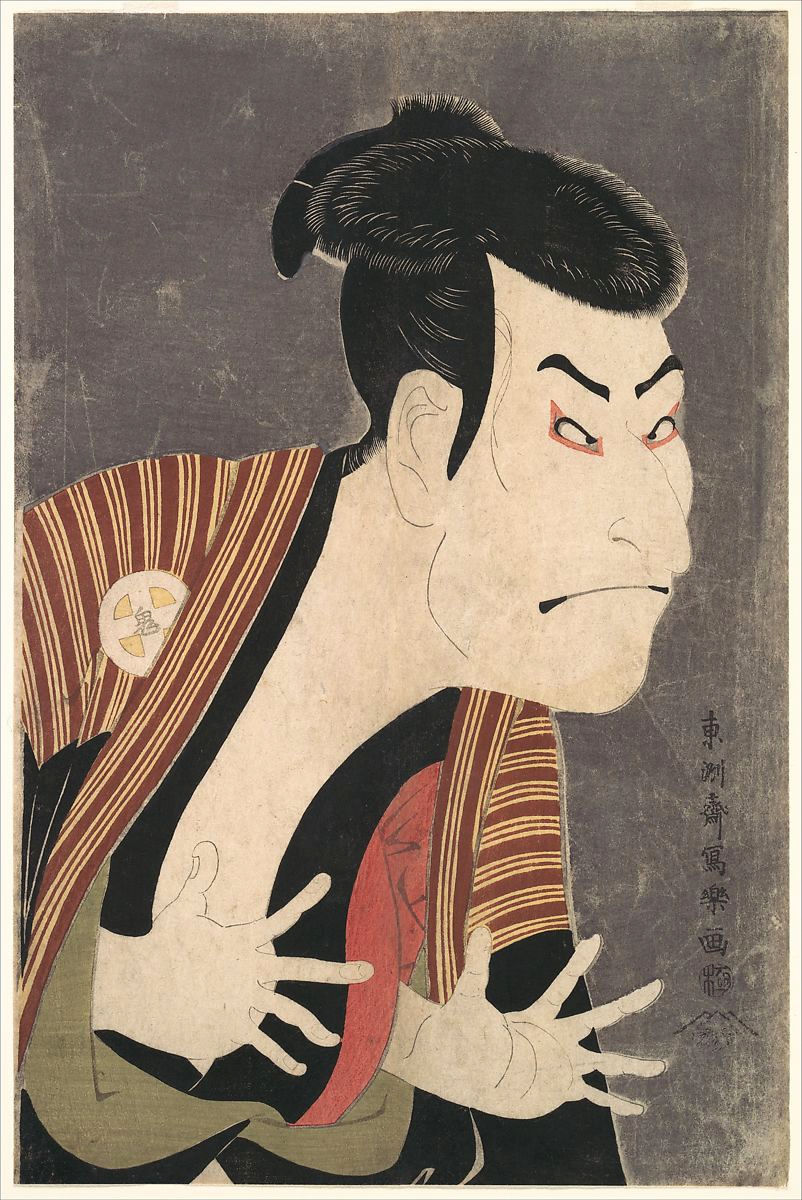








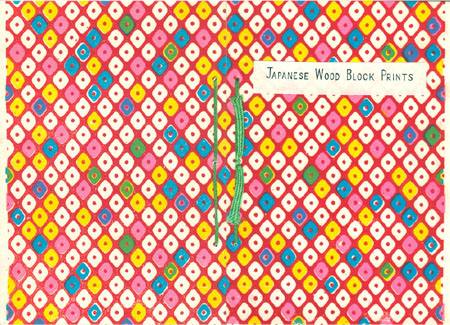
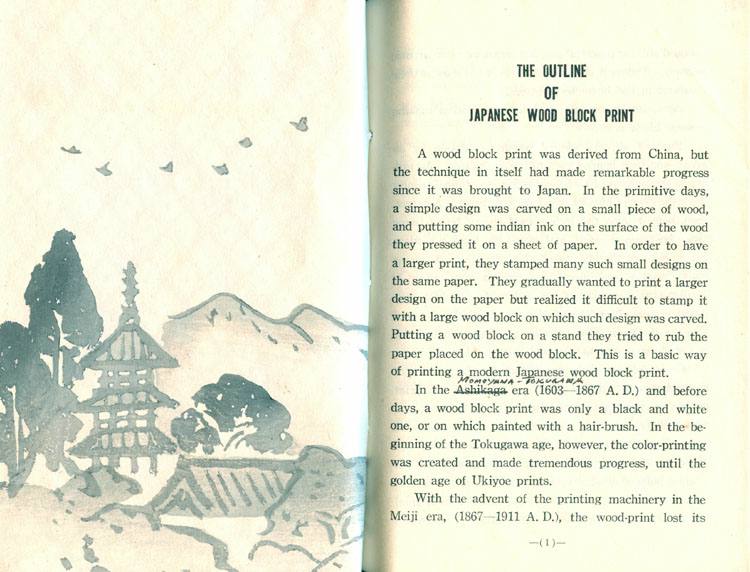
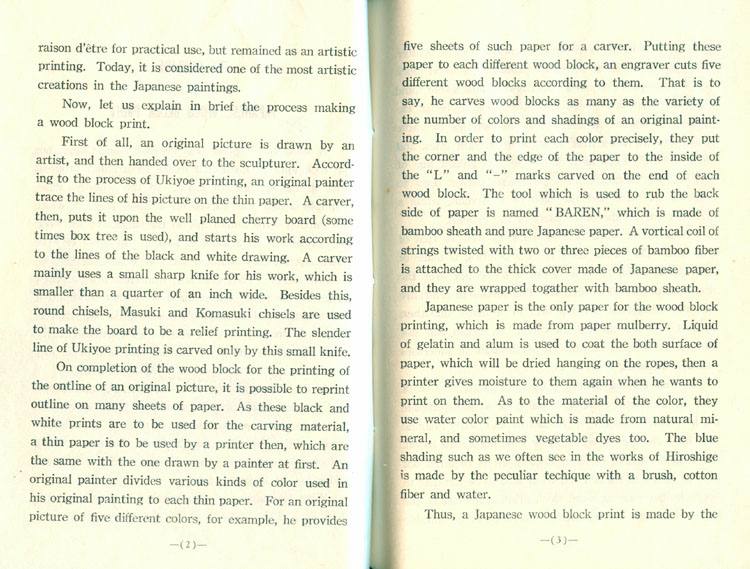
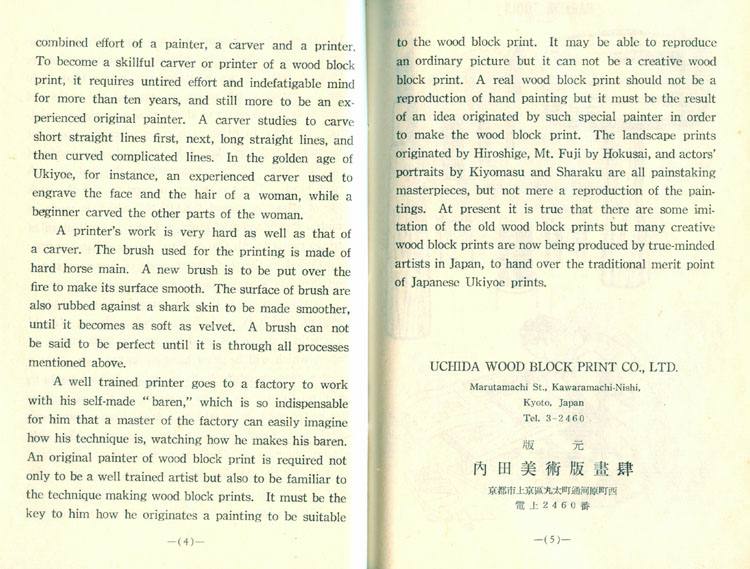
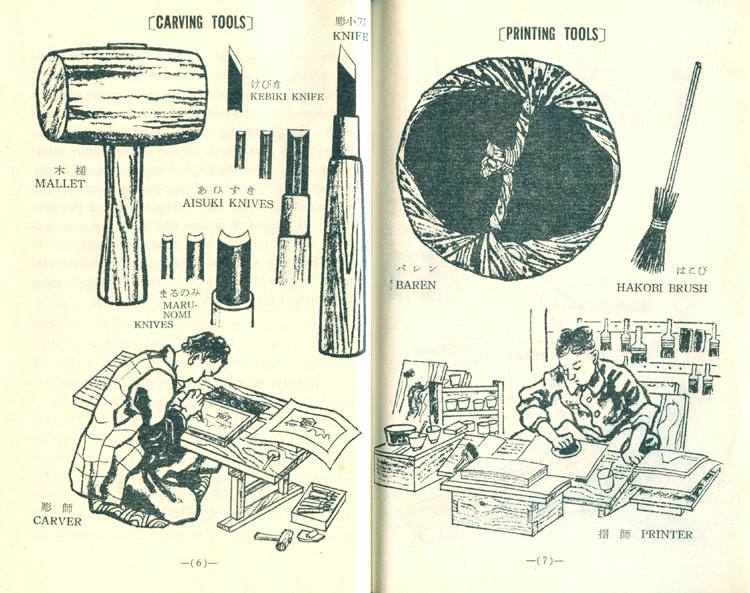
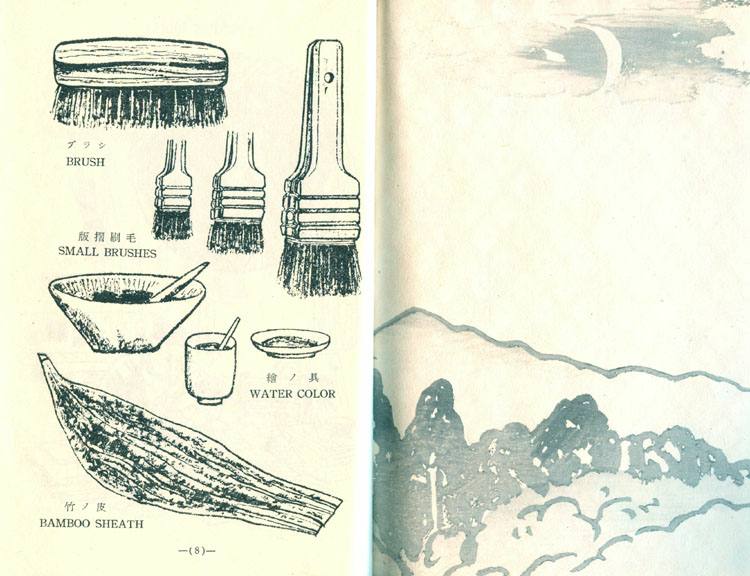
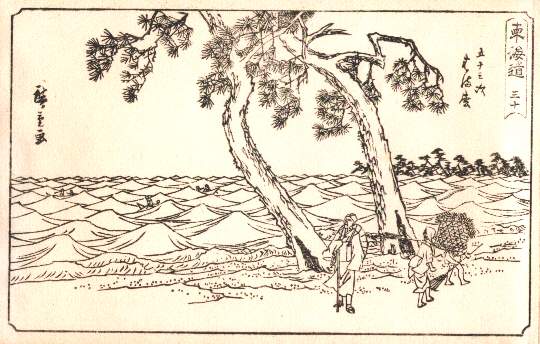


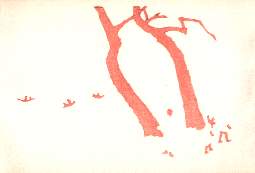
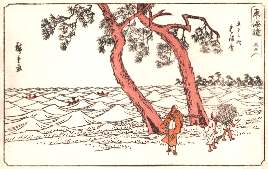

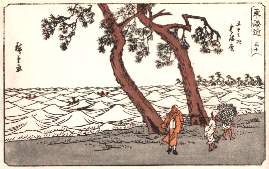




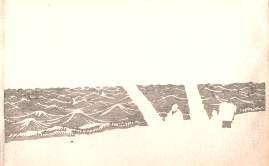

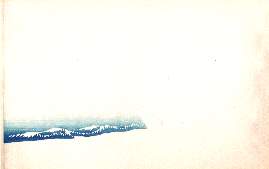
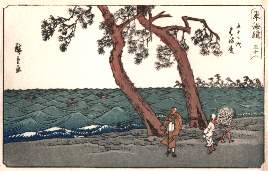
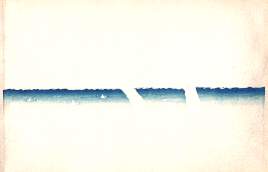
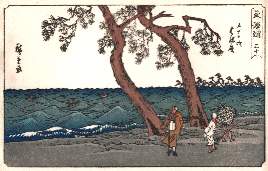
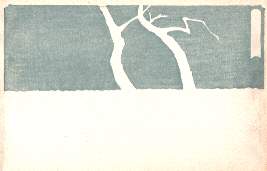
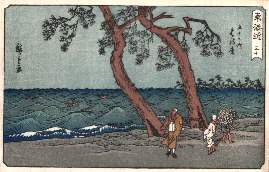
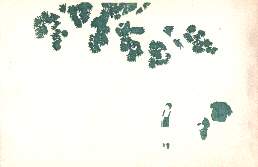
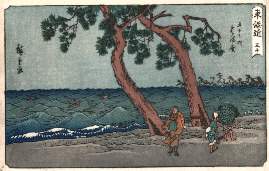
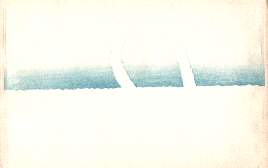
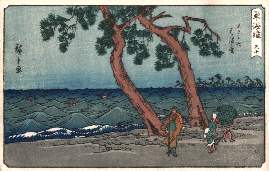
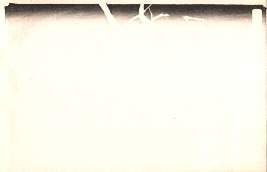


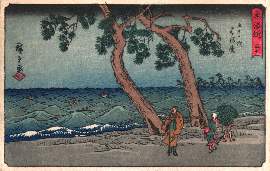
No comments:
Post a Comment